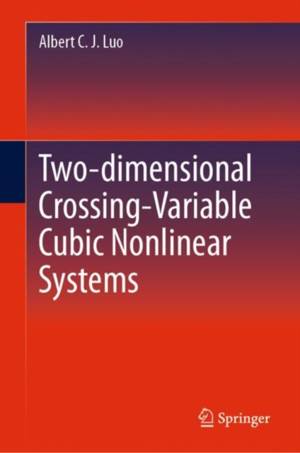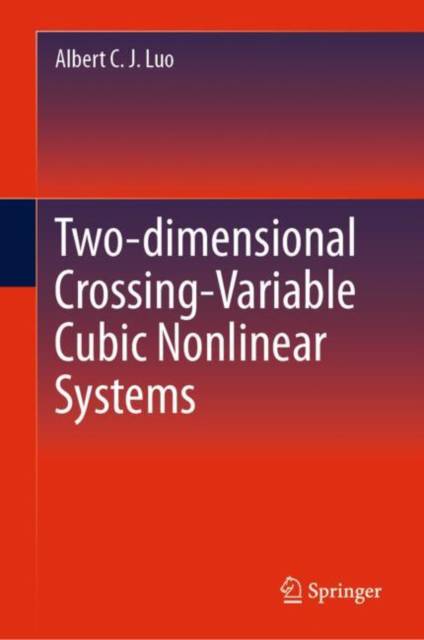
- Afhalen na 1 uur in een winkel met voorraad
- Gratis thuislevering in België vanaf € 30
- Ruim aanbod met 7 miljoen producten
- Afhalen na 1 uur in een winkel met voorraad
- Gratis thuislevering in België vanaf € 30
- Ruim aanbod met 7 miljoen producten
Omschrijving
This book is the fourth of 15 related monographs presents systematically a theory of crossing-cubic nonlinear systems. In this treatment, at least one vector field is crossing-cubic, and the other vector field can be constant, crossing-linear, crossing-quadratic, and crossing-cubic. For constant vector fields, the dynamical systems possess 1-dimensional flows, such as parabola and inflection flows plus third-order parabola flows. For crossing-linear and crossing-cubic systems, the dynamical systems possess saddle and center equilibriums, parabola-saddles, third-order centers and saddles (i.e, (3rd UP+: UP+)-saddle and (3rdUP-: UP-)-saddle) and third-order centers (i.e., (3rd DP+: DP-)-center, (3rd DP-, DP+)-center) . For crossing-quadratic and crossing-cubic systems, in addition to the first and third-order saddles and centers plus parabola-saddles, there are (3:2)parabola-saddle and double-inflection saddles, and for the two crossing-cubic systems, (3:3)-saddles and centers exist. Finally, the homoclinic orbits with centers can be formed, and the corresponding homoclinic networks of centers and saddles exist.
Readers will learn new concepts, theory, phenomena, and analytic techniques, including
- Constant and crossing-cubic systems
- Crossing-linear and crossing-cubic systems
- Crossing-quadratic and crossing-cubic systems
- Crossing-cubic and crossing-cubic systems
- Appearing and switching bifurcations
- Third-order centers and saddles
- Parabola-saddles and inflection-saddles
- Homoclinic-orbit network with centers
- Appearing bifurcations
Specificaties
Betrokkenen
- Auteur(s):
- Uitgeverij:
Inhoud
- Aantal bladzijden:
- 386
- Taal:
- Engels
Eigenschappen
- Productcode (EAN):
- 9783031628092
- Verschijningsdatum:
- 12/02/2025
- Uitvoering:
- Hardcover
- Formaat:
- Genaaid
- Afmetingen:
- 156 mm x 234 mm
- Gewicht:
- 730 g

Alleen bij Standaard Boekhandel
Beoordelingen
We publiceren alleen reviews die voldoen aan de voorwaarden voor reviews. Bekijk onze voorwaarden voor reviews.









